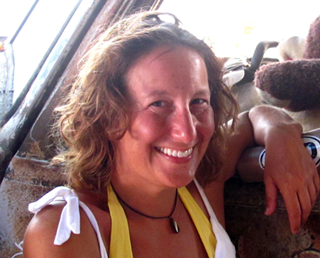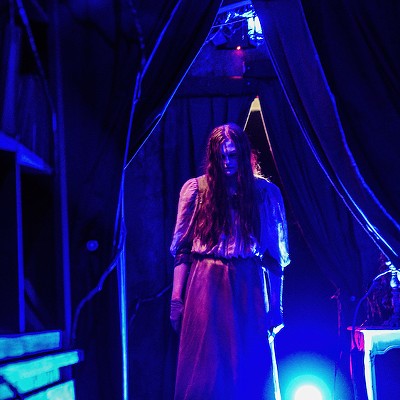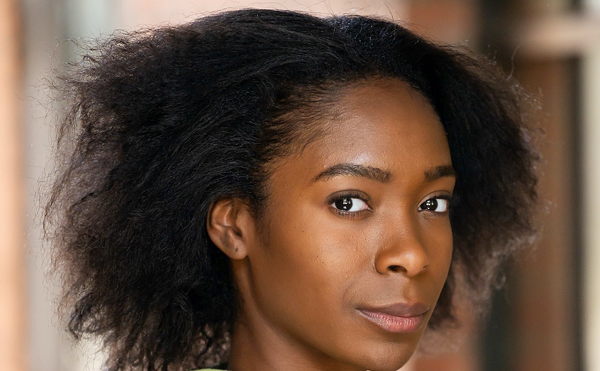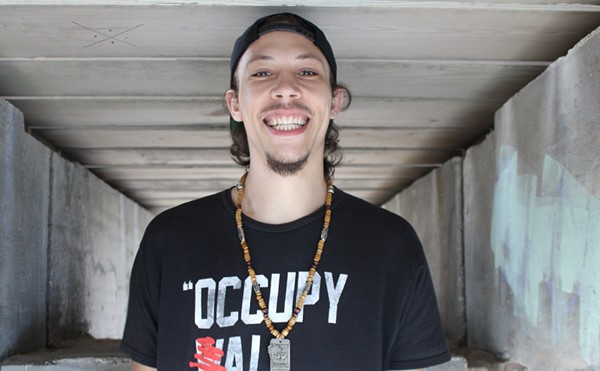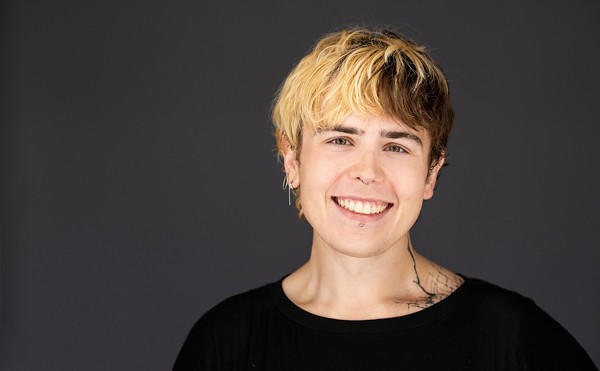
St. Petersburg-based American Stage will open Pipeline, a play about a black young man, his mother and... being in the pipeline. It's a thought-provoking work that has had some mixed reviews — Hollywood Reporter didn't love it; TheWrap.com had a much more positive take on things.
Which is why we thought we'd ask Stephanie Gularte, American Stage's artistic director, about the show and color lines. After having a few exchanges with her — in which she spoke frankly with us about a simple seven-question interview perhaps not doing the theater company's choice and decisions justice — we've decided to run the interview in full.
Are we oversimplifying the race issue? Honestly, we're not sure. We're going to have to see the show to decide — and so should you.
(EDITOR''S NOTE: An earlier version of this story incorrectly named Gularte as the director of the production itself — L. Peter Callender is directing. CL regrets the error.)
First: Describe the play in three words.
Powerful. Urgent. Heart-forward.
Why did American Stage choose this play?
Because of Dominique. Because of Omari. Because of Nya. Because of Laurie. Because of St. Pete. Because of America. This is a moving, relevant story written by a stunning theater artist, featuring characters that are achingly real. When selecting plays for our community I can't ask for more than that.
How many POC are involved in American Stage on the production side? Why aren't there more? (According to the City of St. Pete, 23.5 percent of its residents are black.)
I'm not sure what you mean by "on the production side," but the playwright, director, choreographer, five of the six actors, and two of the crew members on this production team are people of color. (Editor's note: So now our "why aren't there more" comment makes us the assholes, and we apologize.)
What is American Stage doing to engage more POC as patrons and employees?
There is so much going on at American Stage on this front. We are excited and challenged by the opportunities to make more progress, and we take our role as an arts leader in our community seriously on this front. First, the most powerfully felt impact we can have in engaging more diverse audiences and employees is ensuring that the stories you see on our stages feature casts of characters that reflect the diversity of our community. As one of only a handful of professional theater companies in the world to have presented the entirety of August Wilson's American Century Cycle, American Stage has a long-standing commitment to celebrating the work of profound playwrights who add to social discourse on civil rights and cultural diversity through the medium of theater.
This season one-third of our MainStage casts are comprised of people of color. We foster many important community partnerships with schools, churches and other organizations formed over the years through our MainStage programming (including Century Cycle productions), and we continue to develop and expand more partnerships and programs through our outreach and education initiatives. American Stage has several media partnerships and leadership partners that we work with to reach a more diverse population. There is more we can and are doing to build diversity among our audiences and our staff.
I hire more than 100 members of our creative teams each year, so this is where I can most readily increase our hiring diversity, which is why diversity in casting is such an emphasis. Our full-time, year-round staffing is where we need to [do] and are doing more to intentionally build greater diversity, including building our own "pipeline" of talent through our apprenticeship program, our emerging artists program, and through our Next Generation education and outreach efforts that aim to reach a more diverse talent base and invest in the professional development of people of color, as well as to provide greater accessibility to the experience and creation of professional live theater.
Our robust and longstanding education and outreach programs promote accessibility, collaboration, and social and educational growth through programs like our Playwriting and Drama Club residencies in local public schools, our annual School Tour Production, Student Matinee series, financial aid opportunities for youth and adults, and more. Our new strategic plan lays out specific actions and measures with the objective of growing diversity throughout our organization over the next three years and beyond. Mindfulness is key. We are excited for and open to further conversation about additional efforts that can impact the growth and trajectory of our diversity as an organization, a performing arts leader and a center for community in our region.
It would also be terrific to see the major local media outlets like Creative Loafing assign writers of color to cover our work. (Editor's note: It would. Are you a POC who wants to write for us? Email our A+E editor or our editor-in-chief and let's fix this.)
What is the end game of mounting this production — what change does American Stage hope to see in people when they walk out of the theater?
There is no end game. That's far too simple of an approach to a work that demands that we not reduce these characters and their stories to an expedient conclusion. I see this story as part of a continuum that challenges us to take on the complexities of the urgent questions that Ms. Morrisseau presents. As with all of our work, we hope that this story furthers understanding and empathy for one another.
How can a mostly white production company accurately portray the hardships — violence among youth, educational challenges — of black America?
This is Dominique Morrisseau's story. L. Peter Callender is framing it. The performers are interpreting it through her words and through his vision. The beauty of this art form is it's truly collaborative process. My job is not to select stories that represent only challenges and hardships that I have experienced. In fact, that has historically been one of the marginalizing approaches to those who are in a position to select the stories that get told. Stories from women, from people of color, have not historically been given a platform for their stories to be told. I attempt to provide the platform and then to curate a talented team who bring the experiences, skills and perspective to the fore to tell those stories to our community authentically. We are working intentionally to expand our pool of directors and designers to continue to deepen the diversity of our creative teams and our 21st Century Voices exists to help amplify stories that might otherwise not be heard.
Tell us how working with this production has shifted the way you frame the black experience.
I don't frame the black experience. See answer to No. 6.


